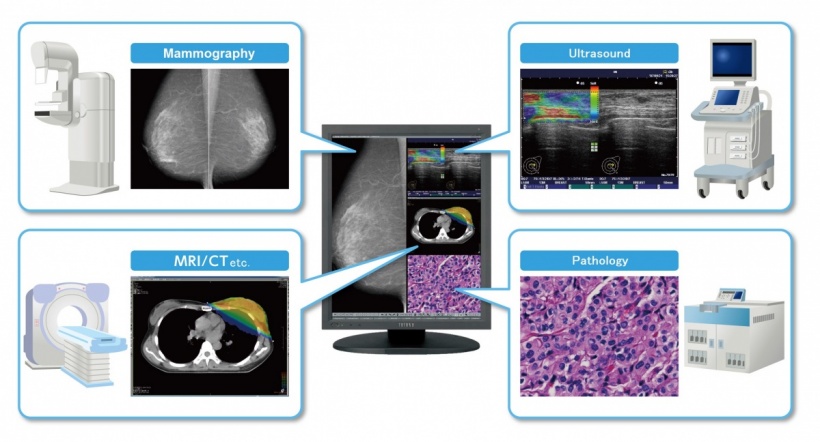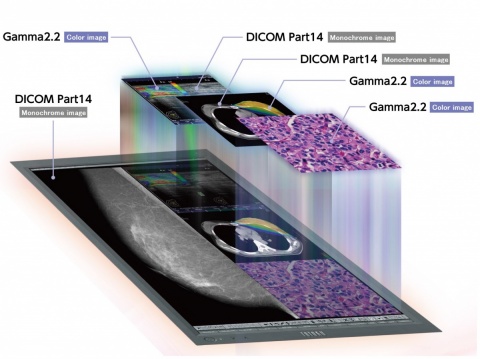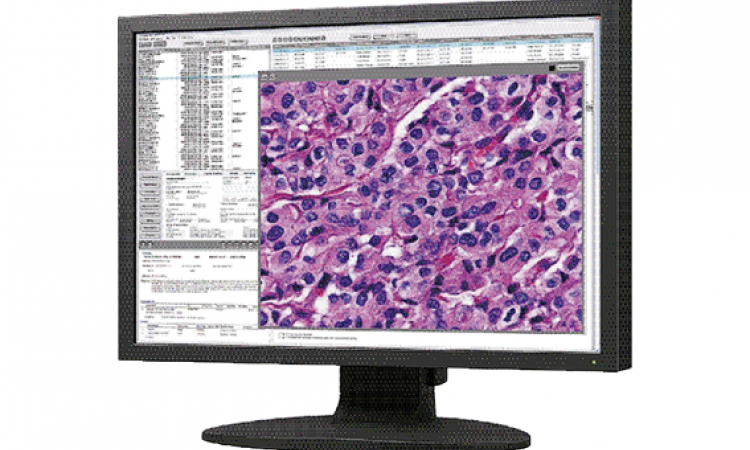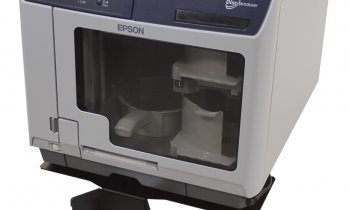
Sponsored • Image Processing
Analysing images pixel by pixel
Sometimes innovations face a long journey before becoming a final product. This particularly applies to medical displays – due to very high quality demands and strong regulations that are mandatory in this segment.

In the past, the Japanese display vendor Totoku implemented a couple of innovations into its products, among them Dynamic Gamma. In many cases, safe diagnosis needs simultaneous onscreen display of Grayscale and colour images. This is a real challenge because Grayscale and colour images require different gamma curves. Grayscale images require DICOM and colour images are best displayed with a Gamma of 2.2. This is where Dynamic Gamma shows it advantage.
‘Dynamic Gamma,’ explains Marcel Herrmann, Totoku’s Marketing Manager, ‘analyses the screen content pixel by pixel and applies different gamma curves to each pixel, even when working with moving images in real time. Using the latest hardware technology we can handle this without delay, even though it requires millions of operations per second.’
Brighter is not always better

‘From the beginning customers wanted highly bright colour displays. However, such brightness is not always helpful, for example in case of text processing or reporting,’ Herrmann pointed out. ‘The automatic text mode detects those bright areas and reduces their brightness. Any other area remains untouched, which enables continuous precise diagnosis. This works like Dynamic Gamma without any configuration from user side.’
These functions are added to all current i2 units from Totoku.
30.03.2017











